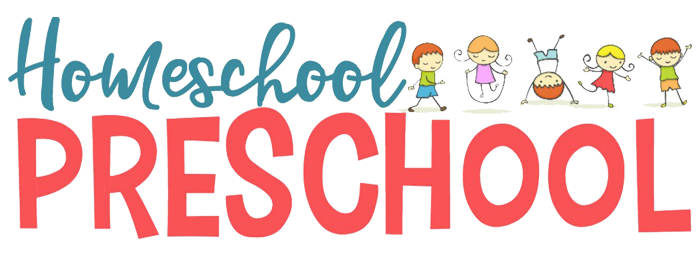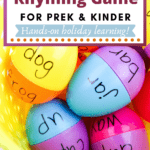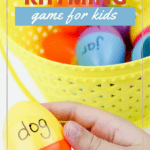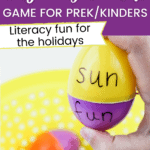Easter Egg Rhyming Words Game
Looking for a fun way to merge playtime with educational activities this Easter? Our Easter eggs rhyming words game is the perfect answer! This fun game is not just a treat for the eyes but also a hands-on learning adventure that stimulates the mind.
Young children are encouraged to match pairs of rhyming words, combining the thrill of Easter egg hunts with the joy of learning new words. This game is a wonderful opportunity for kids to enhance their phonetic skills, expand their vocabulary, and develop a deeper appreciation for word patterns in a friendly, encouraging setting.
Perfect for families, schools, or anyone looking to add a sprinkle of educational fun to their Easter celebrations, this game promises laughter, learning, and lots of Easter excitement.
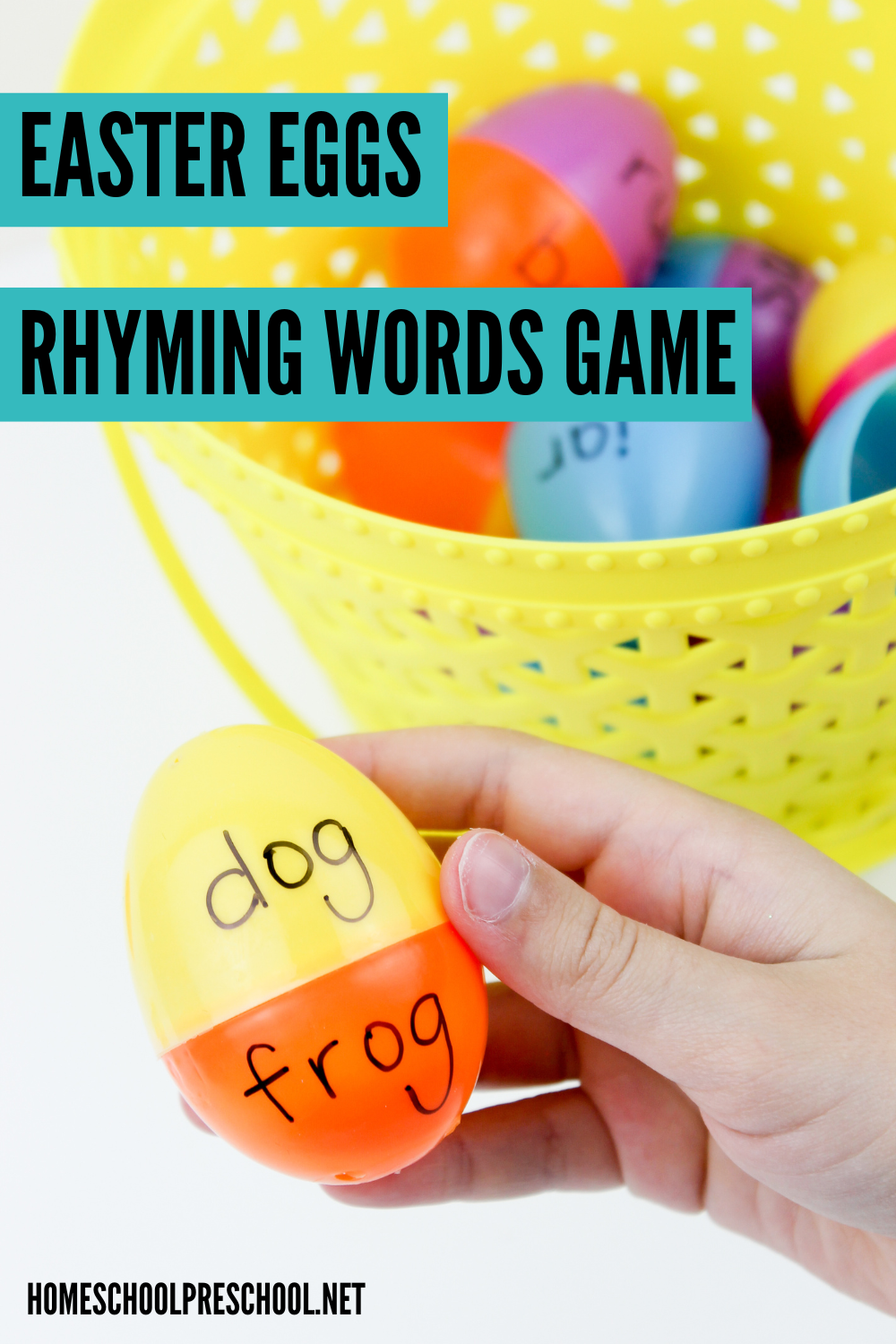
Hands-on learning is a dynamic and effective educational approach that engages children in a direct experience, enabling them to learn by doing. This method is especially beneficial for young learners, as it caters to various learning styles and keeps their attention focused by involving them actively in the learning process.
Through tactile experiences like our Easter egg rhyme activity, children gain a more profound understanding of concepts by applying them in a tangible context. It’s a fantastic way to foster creativity, critical thinking, and problem-solving skills in a fun, low-pressure environment.
Encouraging hands-on learning not only makes educational activities more enjoyable but also helps information stick, ensuring that the lessons learned during playtime have a lasting impact.
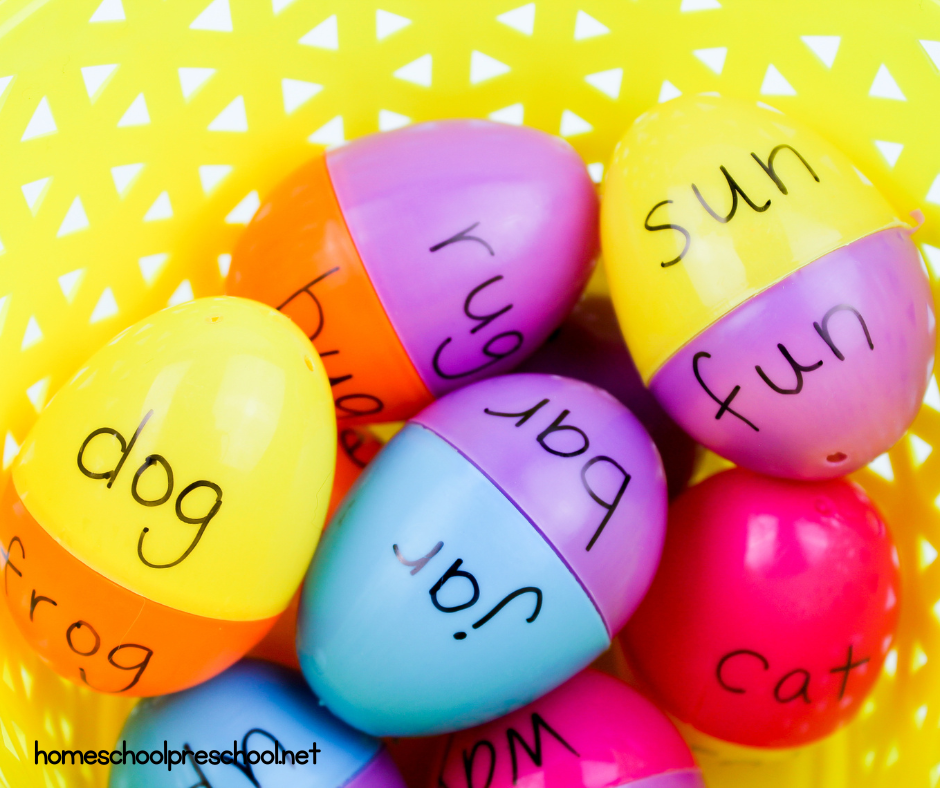
Easter Egg Rhyming Words Game
Before we jump into the excitement, let’s make sure you have everything you need to bring this educational game to life.
Here’s a comprehensive supply list followed by a step-by-step tutorial to guide you through setting up your very own Easter eggs rhyming words game.
What You’ll Need
Plastic Easter Eggs: These will be the core of our game. Ensure you have enough eggs to create multiple pairs of rhyming words. Consider getting eggs in various colors to make the game even more visually appealing and engaging for the children.
An Easter Basket: You’ll need a place to hide all your prepared Easter eggs. An Easter basket not only serves this purpose perfectly but also adds to the festive atmosphere. Feel free to decorate the basket to make it extra special!
A Black Sharpie: This will be used to write down the rhyming words on your plastic Easter eggs. Make sure the marker is permanent to avoid smudging and to ensure the words are clear and readable for the kids.
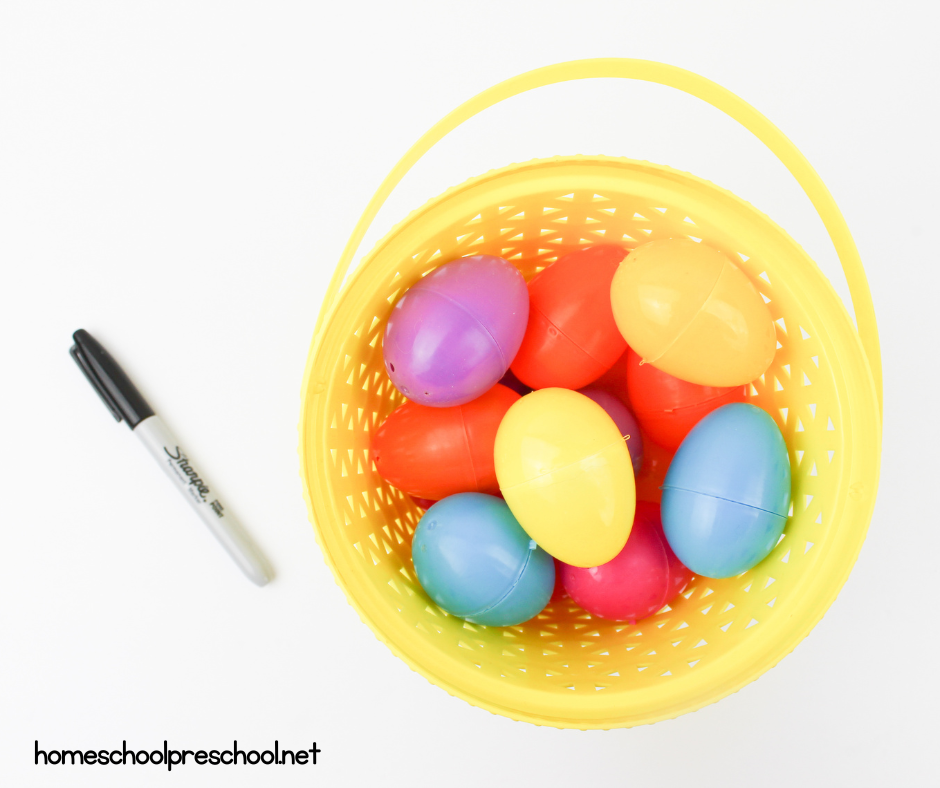
Rhyming Game
Now that you have all your materials ready, it’s time to begin the magical transformation of simple plastic Easter eggs into a simple matching game. Don’t worry, the setup is simple and fun!
Separate the Easter Eggs: Carefully open each plastic Easter egg and separate the halves. It’s like cracking open little doors to learning!

Write Your Rhyming Words: Choose a rhyming word and write it on the outside of one half of the egg. Remember, you’ll want to write this on the top half of the egg. Use the black Sharpie for clear, smudge-free words. Be creative and think of words that will delight and challenge the kids.
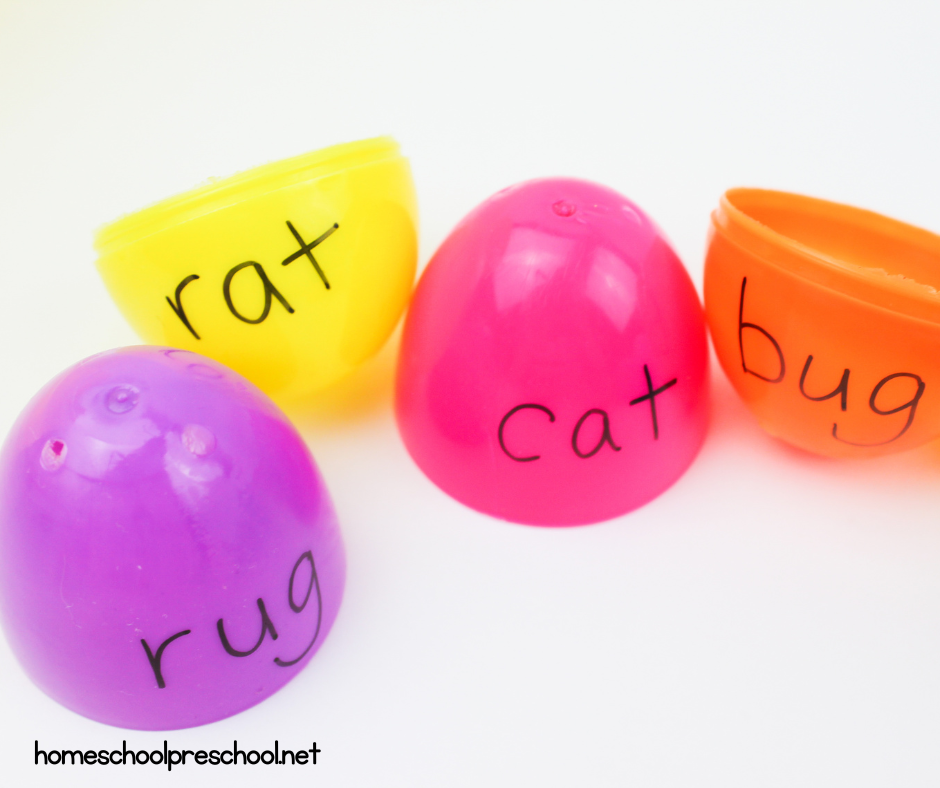
Mix and Match Colors: Now, for the creative twist! Grab the bottom half of an egg in a different color. Why mix and match? It not only makes the game more visually engaging but also adds an extra layer of challenge as the kids search for their rhyming pairs.
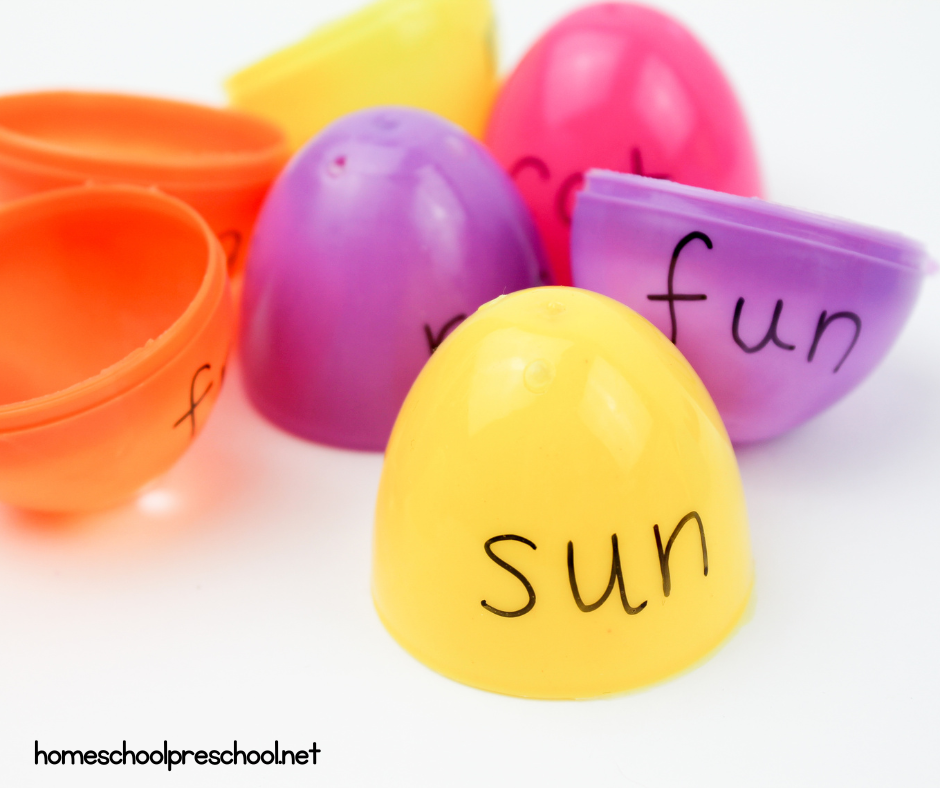
Complete the Pair: On this contrasting bottom half of the egg, write a word that rhymes with the one on your top half. This is where the magic of learning and fun interconnect.
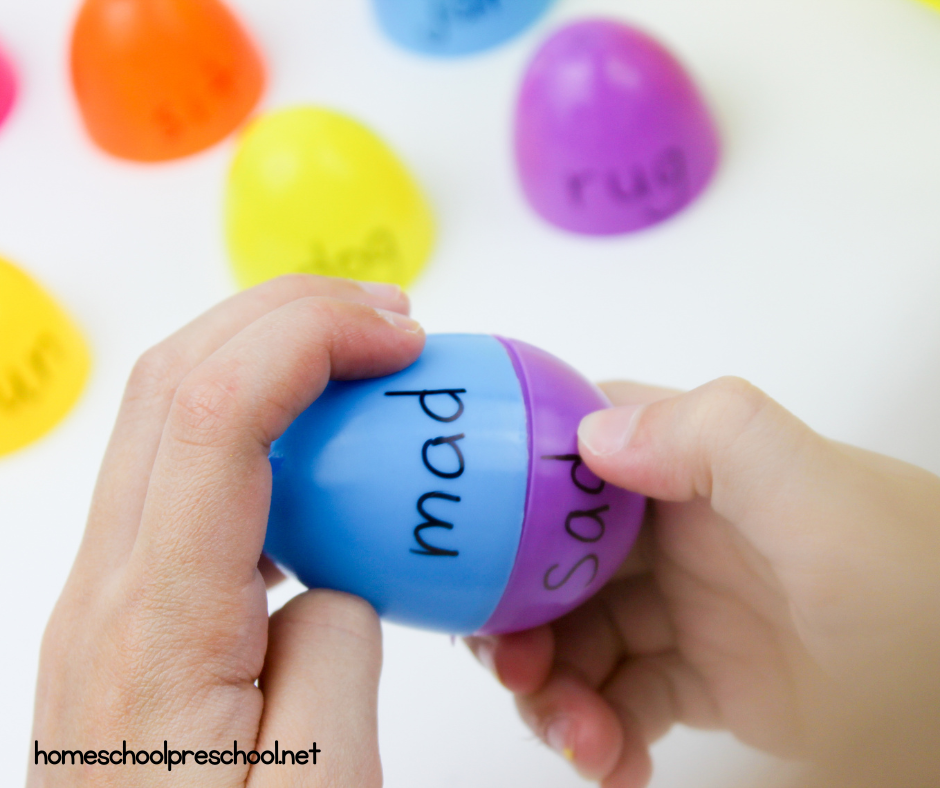
Set Aside and Repeat: Place your completed Easter egg halves aside and repeat the process with new words and colors. The more pairs you create, the more fun and learning you’ll have during game time.
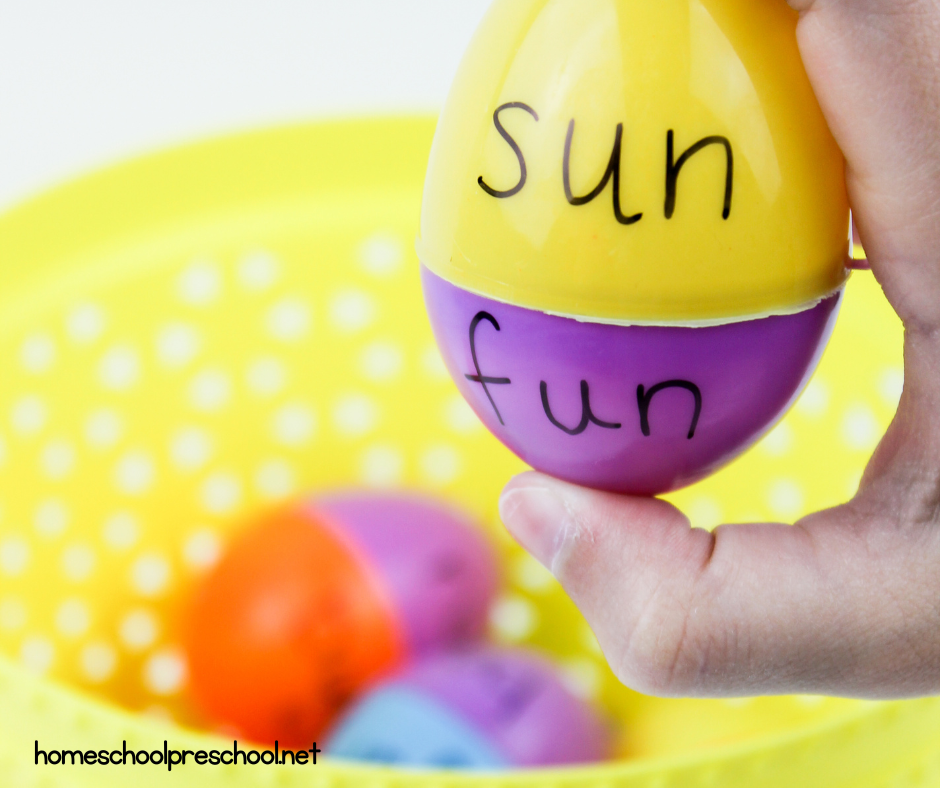
Through these steps, you’re not just preparing a game, you’re creating a colorful, fun literacy activity. This hands-on approach is fantastic for engaging young minds, making the joy of discovery a key part of their Easter festivities.
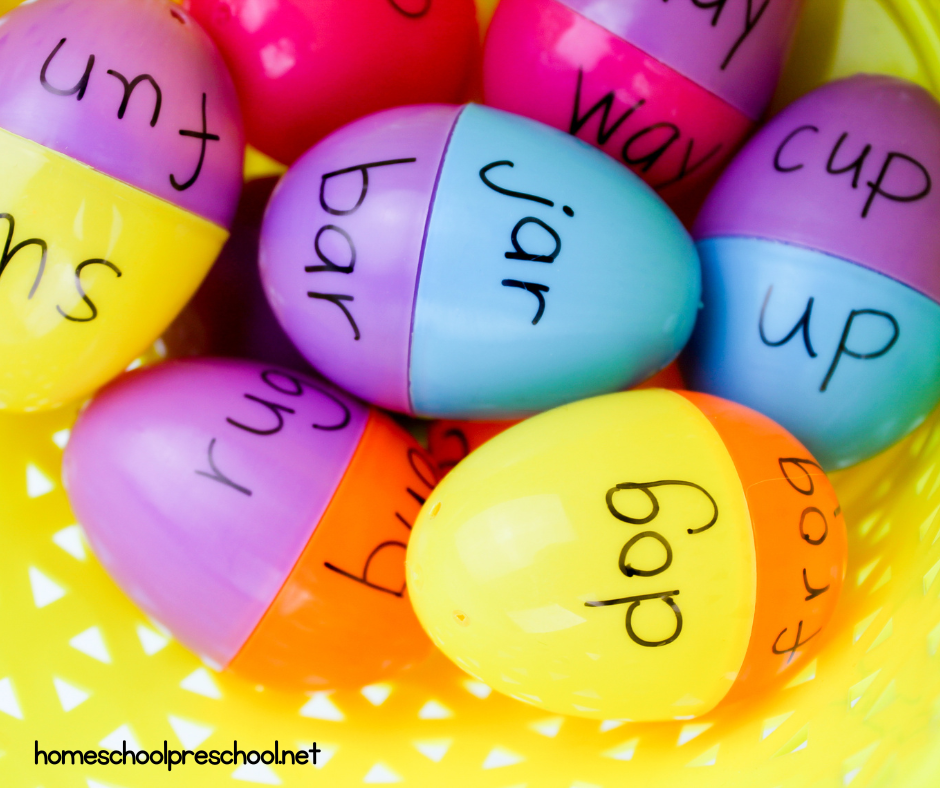
Variations to Enhance Learning
Our Easter eggs rhyming words game is just the beginning! You can easily adapt this engaging activity to suit different educational goals and keep it fresh and exciting. Here are some creative variations:
Matching Letters: For younger learners who are just starting with alphabets, you can write individual letters on the halves of the eggs. Children can then match upper case letters with their lower case counterparts, making this a playful introduction to the alphabet.
Addition Facts: Transform the game into a math adventure by writing simple addition problems on one half of the egg and their solutions on the other half. This version combines the joy of Easter with the satisfaction of solving math puzzles, encouraging young mathematicians in the making.
Colors and Shapes: For a simpler variation that focuses on recognition skills, use colors or shapes. Write the name of a color or draw a shape on one half, and match it with the corresponding colored or shaped sticker on the other half. This version is particularly good for toddlers and preschoolers, helping them to reinforce their understanding of basic concepts in a playful, tactile way.
By incorporating these variations, you can tailor the Easter eggs game to meet the evolving educational needs of children, making learning a joyous, year-round affair. Plus, switching up the game helps maintain kids’ interest and challenges them at different stages of their development, all while nurturing a love of learning.
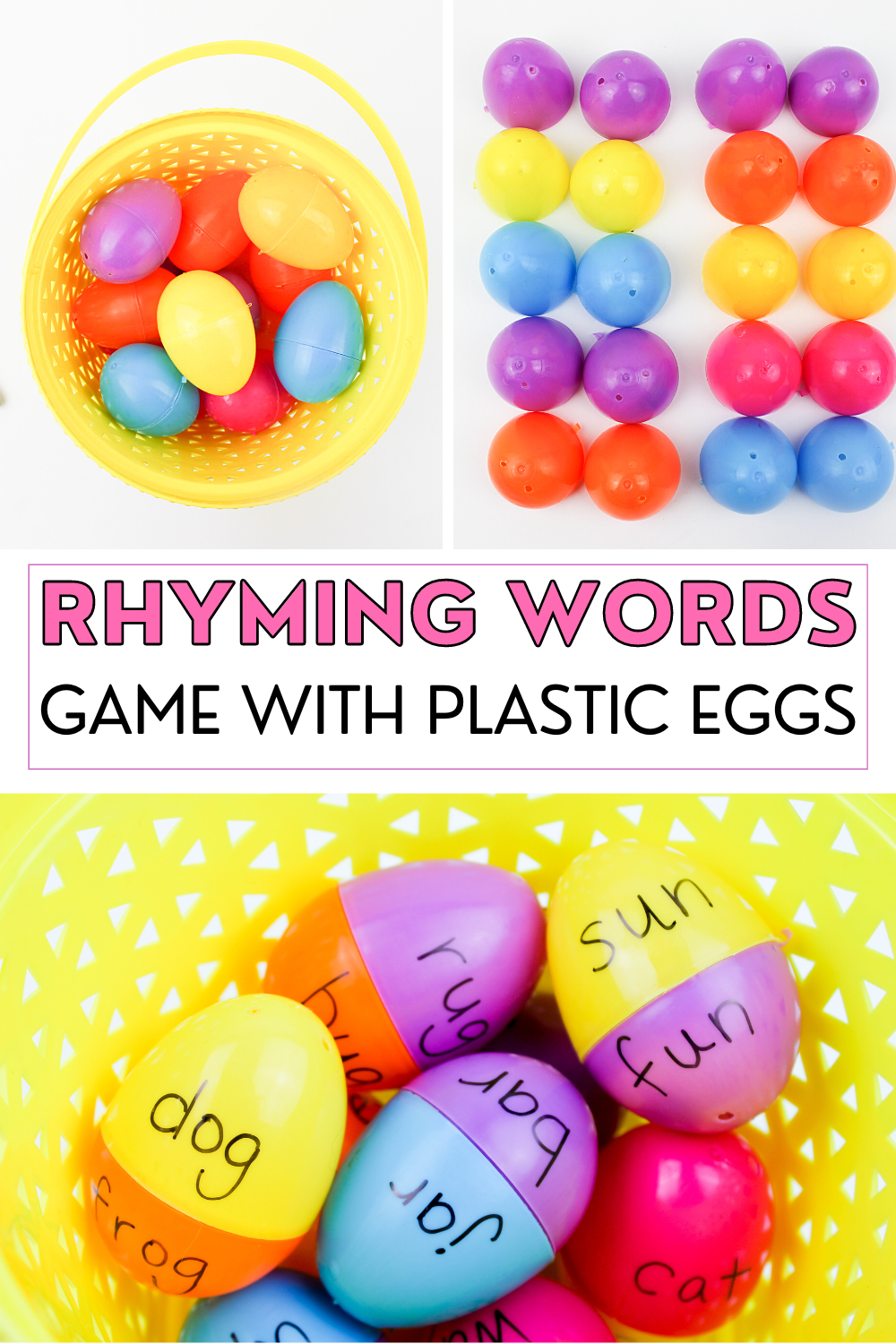
The Easter eggs rhyming words game—and its creative variations—serve as a testament to the power of playful learning. By turning what might seem like simple holiday fun into a rich, educational experience, we’re able to engage children in a learning process that feels both magical and meaningful.
Whether you’re teaching rhyming words, letter matches, basic math, or color and shape recognition, these activities promise to spark joy and curiosity in young learners. Remember, the goal is not just to educate but to inspire a lifelong love of learning.
With these Easter egg activities, you’re not only creating memorable holiday moments but also laying the groundwork for critical thinking and problem-solving skills that will benefit children far beyond the classroom.
So, gather your materials, and let’s make this Easter an educational adventure that kids will remember fondly!
